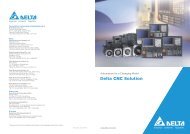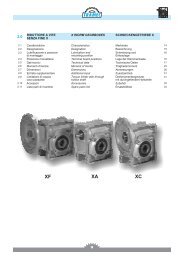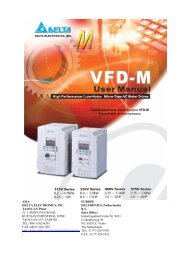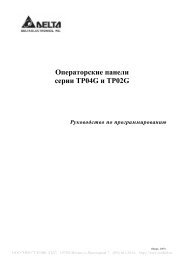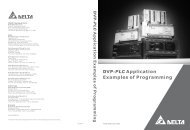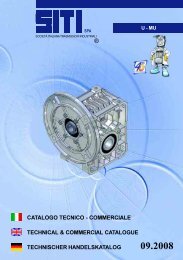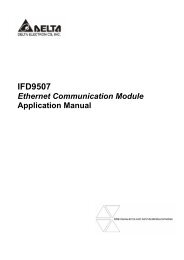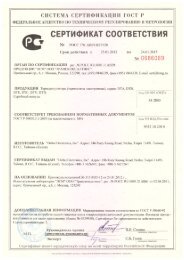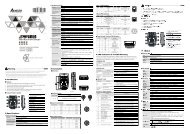Medium Voltage Application Guide
Medium Voltage Application Guide
Medium Voltage Application Guide
Create successful ePaper yourself
Turn your PDF publications into a flip-book with our unique Google optimized e-Paper software.
SWITCHGEAR<br />
Resonant frequency<br />
The busbar system must be checked for potential resonance under normal operating conditions and fault conditions.<br />
This is done by calculating the natural resonant frequency of the system, which must meet the following criteria:<br />
<br />
<br />
50 Hz supply: not within the ranges 48 Hz to 52 Hz and 96 Hz to 104 Hz<br />
60 Hz supply: not within the ranges 58 Hz to 62 Hz and 116 Hz to 124 Hz<br />
Calculation requirements<br />
Busbar systems are subjected to thermal and electrodynamic stresses under normal operating conditions, but more<br />
so under short circuit fault conditions. It is important to ensure the busbar system will function safely under all<br />
known conditions. When checking the design, the most important considerations are the nominal operating<br />
current, expected fault current at the point of installation, average ambient temperature and the altitude of the<br />
installation.<br />
To check the safety of a busbar system:<br />
<br />
<br />
<br />
<br />
Check that the current rating of the busbar system (I r ) exceeds the expected nominal current. Main<br />
factors affecting the busbar rating are busbar material and configuration, ambient temperature and<br />
maximum permissible temperature rise.<br />
Check the maximum expected temperature rise of the busbar during a short circuit fault. In the event of<br />
short circuit current flow (I th ), the surface temperature of a busbar must not exceed the thermal limits of<br />
any material coming in contact with it (ie insulator standoffs).<br />
Check the maximum expected electrodynamic forces imparted on the busbars and insulator standoffs, due<br />
to the peak short circuit fault current (I dyn ). Do not exceed the mechanical limitations of the material.<br />
Check that the busbar system will not resonate under normal operating and fault conditions.<br />
Refer to Busbar Calculations on page 149 for calculation details and examples.<br />
Busbar bolting arrangements<br />
Typical busbar bolting details for single overlap copper bar<br />
Bar width<br />
(mm)<br />
Joint<br />
overlap<br />
(mm)<br />
Joint area<br />
(mm 2 )<br />
Number of Metric bolt size<br />
bolts 1 (coarse thread)<br />
Bolt<br />
torque<br />
(Nm)<br />
Hole size<br />
(mm)<br />
Washer<br />
diameter<br />
(mm)<br />
Washer<br />
thickness<br />
(mm)<br />
16 32 512 2 M6 7.2 7 14 1.8<br />
20 40 800 2 M6 7.2 7 14 1.8<br />
25 60 1500 2 M8 17 10 21 2<br />
30 60 1800 2 M8 17 10 21 2<br />
40 70 2800 2 M10 28 11.5 24 2.2<br />
50 70 3500 2 M12 45 14 28 2.7<br />
60 60 3600 4 M10 28 11.5 24 2.2<br />
80 80 6400 4 M12 45 14 28 2.7<br />
100 100 10000 5 M12 45 15 28 2.7<br />
120 120 14400 5 M12 45 15 28 2.7<br />
160 160 25600 6 M16 91 20 28 2.7<br />
200 200 40000 8 M16 91 20 28 2.7<br />
Source: Copper for Busbars http://www.copperinfo.co.uk/busbars/pub22-copper-for-busbars/homepage.shtml<br />
1<br />
Number of bolts based on using high-tensile steel or bronze (CW307G, formerly C104)<br />
Page 82 <strong>Medium</strong> <strong>Voltage</strong> <strong>Application</strong> <strong>Guide</strong> 710-12280-00A






